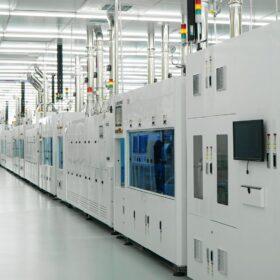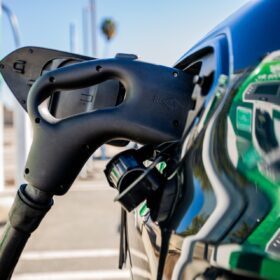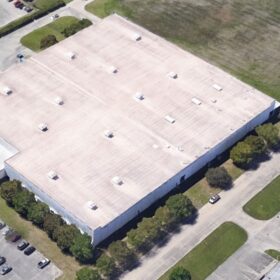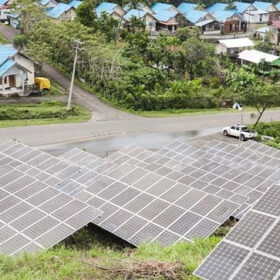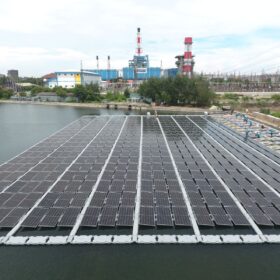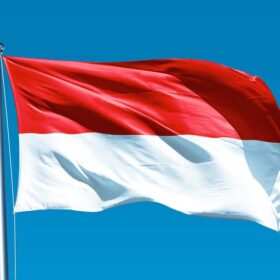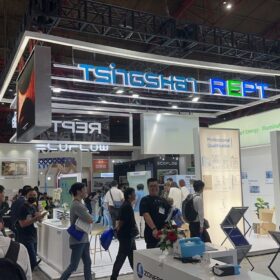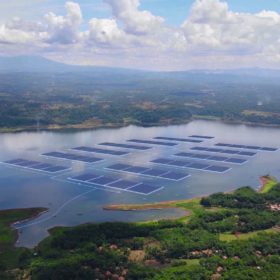Vena launches Indonesia production plan to support solar, storage ‘megaproject’
Singapore-based developer Vena Energy has announced it will investigate opportunities to manufacture solar panel components and battery energy storage systems in Indonesia to support a hybrid megaproject featuring up to 2 GW of solar capacity and more than 8 GWh of energy storage.
Why Indonesia wants Australia’s help to supply world with EVs and batteries
Australia and Indonesia are forging closer economic ties built on what each country can offer the other in the transition to clean energy. Indonesia is emerging as a maker of electric vehicles and the batteries that power them. Australia has the lithium reserves Indonesia needs to do this.
SEG Solar plans 5 GW cell, 3 GW module production plant in Indonesia
United States-headquartered module maker SEG Solar has leased land in Indonesia where it will establish a 5 GW capacity solar cell and 3 GW capacity PV module manufacturing facility.
SEG Solar leases land for 5 GW cell, 3 GW module production in Indonesia
SEG Solar (SEG), a Texas-based module manufacturer, will lease land in Indonesia for 5 GW of solar cell and 3 GW of PV module capacity.
Southeast Asia solar markets set for growth this year
New PV capacity additions in Southeast Asia are expected to bounce back this year for the first time since 2020, according to the Asian Photovoltaic Industry Association. The market is expected to grow by 13% in 2023, for 3.8 GW of new installations.
Weekend read: Indonesia’s race to net zero
Coal-dependent Indonesia has huge solar potential but progress toward a net zero economy has been sluggish, explain Daniel Kurniawan and Fabby Tumiwa from the Institute for Essential Services Reform (IESR), an Indonesian thinktank.
Indonesia’s largest floating solar plant goes online
Indonesia’s state-owned utility PLN says it has started operating a 561 kW floating solar plant on the island of Java. The floating array, which is part of a larger 920 kW PV project under construction at the company’s Gas and Steam Power Generation Complex, is expected to generate 1.4 million kWh a year.
Indonesian utility PLN seeks equity partners for large scale PV, wind projects
Indonesian state-owned utility PLN is seeking expressions of interest for several ground-mounted, floating solar projects and wind farms. The call includes an invitation to set up solar module factories in Indonesia to meet domestic content requirements.
Key takeaways from Solartech Indonesia 2023
The Jakarta-hosted Solartech tradeshow showed the Indonesian renewable energy landscape’s potential, despite the small size of its solar market.
Weekend read: Floating the solar dream
Indonesia is a coal-dependent country in which conventional power grids are problematic. The archipelagic nation is turning to floating PV (FPV) to help accelerate its energy transition. Sorta Caroline takes a look at the state of play for water-borne solar and the problems that still need to be overcome.
